So you just got the news: your cholesterol is higher than it should be. First, take a deep breath. It’s not a life sentence, and it doesn’t have to mean you’re headed for a mountain of pills. The truth is, a handful of practical, everyday changes can shift those numbers in a positive direction—often faster than you expect. Below you’ll find the exact steps backed by science, peppered with real‑world tips you can start today, and a friendly roadmap to keep you motivated along the way.
Understanding Cholesterol Basics
Before we dive into the “how,” let’s clear up the “what.” Cholesterol travels through your bloodstream on proteins called lipoproteins. The two main players are:
- LDL (low‑density lipoprotein) – the “bad” cholesterol that can stick to artery walls and form plaque.
- HDL (high‑density lipoprotein) – the “good” cholesterol that helps sweep excess cholesterol back to the liver for disposal.
When LDL piles up, arteries narrow, limiting blood flow and raising the risk of heart attack or stroke. Meanwhile, higher HDL is protective. The goal of high cholesterol lifestyle changes is simple: lower LDL, boost HDL, and keep your arteries humming.
According to the CDC’s cholesterol prevention page, every 1% drop in LDL translates to roughly a 2% reduction in heart‑disease risk. Small tweaks add up—think of them as tiny bricks building a stronger, healthier wall around your heart.
Smart Cholesterol Diet
Food is the most powerful lever we have. The good news? You don’t need to eat bland “hospital food” forever. It’s about swapping, adding, and choosing smarter, not denying yourself.
Swap Saturated Fats for Healthy Fats
Butter, whole‑milk cheese, and fatty cuts of meat are the usual suspects for raising LDL. Replace them with:
- Olive or canola oil for cooking instead of butter.
- Avocado instead of cheese on toast.
- Skinless poultry, fish, or plant‑based proteins like beans and lentils.
Just a tablespoon of olive oil (about 120 calories) supplies monounsaturated fats that actually help lower LDL while keeping your taste buds happy.
Boost Soluble Fiber
Soluble fiber acts like a sponge, grabbing cholesterol in the gut before it can enter the bloodstream. Aim for at least 5‑7 grams of soluble fiber daily. Some easy sources:
- Oatmeal (one cup cooked) – 2 g.
- Apples with skin – 1 g.
- Barley, beans, peas – 1‑2 g per serving.
Kick-start your morning with a bowl of oatmeal topped with berries and a sprinkle of ground flaxseed. It feels like a treat, and your cholesterol will thank you.
Watch Out for Trans Fats
These sneaky fats are often hidden in packaged snacks, cookies, and margarine. Look for the words “partially hydrogenated” or “hydrogenated oil” on ingredient lists—if you see them, skip it. As a rule of thumb, if a product is “light” or “low‑fat” but still tastes rich, it may be relying on trans fats to keep the flavor.
Eat More Plant‑Based Proteins & Omega‑3s
Fish such as salmon, mackerel, and sardines are packed with omega‑3 fatty acids, which help raise HDL and lower triglycerides. If you’re not a fan of fish, try chia seeds, walnuts, or a weekly “meat‑less” meal featuring beans, tofu, or tempeh.
Practical Meal‑Prep Tips
Planning ahead prevents the “I’m hungry, what’s quick?” panic. A simple strategy:
- Pick a “theme” night—say, “Mediterranean Monday.”
- Cook a big batch of quinoa or brown rice.
- Roast a tray of mixed veggies with olive oil and herbs.
- Portion out protein (grilled chicken, chickpeas, or fish) for the week.
You’ll have a fridge full of ready‑to‑eat, heart‑healthy meals, and you’ll avoid the temptation of fast‑food shortcuts.
Move to Lower
Exercise may feel like a chore, but it’s actually one of the most enjoyable ways to boost healthy cholesterol. Think of it as a celebration for your heart rather than a punishment.
How Activity Affects LDL & HDL
Regular aerobic exercise raises HDL by up to 15% and can shave a few points off LDL. Resistance training (lifting weights, body‑weight circuits) also nudges HDL upward and improves overall metabolic health.
What the Guidelines Say
The CDC recommends at least 150 minutes of moderate‑intensity activity (like brisk walking) or 75 minutes of vigorous activity (like jogging) each week. That’s roughly 30 minutes a day, five days a week—nothing too dramatic.
Start Small, Stay Consistent
Even “mini‑workouts” count. A 10‑minute walk after lunch, a quick set of stairs, or a 5‑minute yoga flow while the coffee brews all add up. The key is consistency, not intensity.
Sample Weekly Routine
- Monday – 30‑minute brisk walk.
- Wednesday – 20‑minute body‑weight circuit (squats, push‑ups, lunges).
- Friday – 30‑minute bike ride or swim.
- Weekend – Choose a fun activity: hiking, dancing, or a family game of frisbee.
If you can’t carve out a full half‑hour, try three 10‑minute bursts throughout the day. Your heart will thank you, and you’ll likely notice a boost in energy.
Weight and Cholesterol
Carrying extra weight, especially around the midsection, can keep LDL stubbornly high. The silver lining? You don’t need to lose a ton—just a modest 5‑10 % of your body weight can slice LDL by 5‑10 %.
Why Small Wins Matter
Research from the National Heart, Lung, and Blood Institute shows that even modest weight loss improves both LDL and HDL, plus reduces blood pressure. Think of it like trimming the branches of a tree; a little bit makes the whole shape look healthier.
Practical Calorie‑Control Strategies
- Plate Method: Fill half your plate with non‑starchy veggies, a quarter with lean protein, and a quarter with whole grains.
- Mindful Eating: Put your fork down between bites; savor flavors.
- Portion Awareness: Use smaller plates or pre‑measure snacks.
When to Call a Pro
If you feel stuck, a registered dietitian can create a personalized plan that respects your lifestyle, cultural preferences, and health goals. Many insurance plans cover at least a few sessions—don’t hesitate to ask.
Beyond Food and Exercise
| Lever | Effect on Cholesterol | Quick Action |
|---|---|---|
| Quit Smoking | Raises HDL, lowers LDL | Try nicotine‑replacement or a quit‑line; CDC’s quit guide |
| Limit Alcohol | Excess raises triglycerides | Stick to ≤1 drink/day (women) or ≤2 (men) |
| Manage Stress | Chronic stress can ↑ LDL | 5‑minute breathing, journaling, or a short walk |
| Sleep Quality | Sleep‑deprivation can disturb lipid metabolism | Aim for 7‑9 hours; dim lights 30 min before bed |
These factors often fly under the radar but can make a measurable difference. For instance, a study published in the Journal of Clinical Lipidology found that reading for just 15 minutes before bed improved sleep quality and, over three months, lowered LDL by 3 %.
30‑Day Change Plan
Ready to turn knowledge into action? Here’s a friendly 4‑week checklist that blends diet, movement, and those “extra” levers we just discussed.
Week 1 – Set Foundations
- Food: Replace one sugary snack with a piece of fruit; swap butter for olive oil in cooking.
- Movement: Walk 15 minutes after dinner each night.
- Other: Log your sleep hours; aim for 7 hours.
Week 2 – Build Momentum
- Food: Add a serving of soluble‑fiber‑rich oatmeal to breakfast.
- Movement: Add a 20‑minute body‑weight circuit on Wednesday.
- Other: Try a deep‑breathing exercise 3 times a day.
Week 3 – Fine‑Tune
- Food: Introduce two fish meals (salmon, sardines, or trout).
- Movement: Increase weekday walks to 25 minutes.
- Other: If you smoke, set a quit date; seek resources.
Week 4 – Consolidate & Celebrate
- Food: Plan a “meat‑less” dinner; experiment with a bean‑based chili.
- Movement: Try a new activity—dance, cycling, or a yoga class.
- Other: Review your sleep, stress, and alcohol habits; adjust as needed.
At the end of the month, schedule a follow‑up blood test (usually 3 months after lifestyle changes begin). Even if the numbers haven’t shifted dramatically yet, you’ve built habits that will keep improving over time.
Wrapping It All Up
Changing the way you eat, move, and live isn’t about a quick fix; it’s about creating a lifestyle that protects your heart for the long haul. The science is clear: modest, consistent high cholesterol lifestyle changes lower LDL, raise HDL, and cut heart‑disease risk. You don’t need to overhaul your world overnight—just start with one or two tiny habits, celebrate each win, and let them snowball.
What’s the first step you’ll take today? Maybe it’s swapping that spoonful of butter for olive oil, or slipping on your sneakers for a 10‑minute stroll. Share your progress in the comments or shoot me a quick note—my inbox is always open for a friendly “how’s it going?” I’m rooting for you, and together we’ll keep those arteries clear and the heart humming.

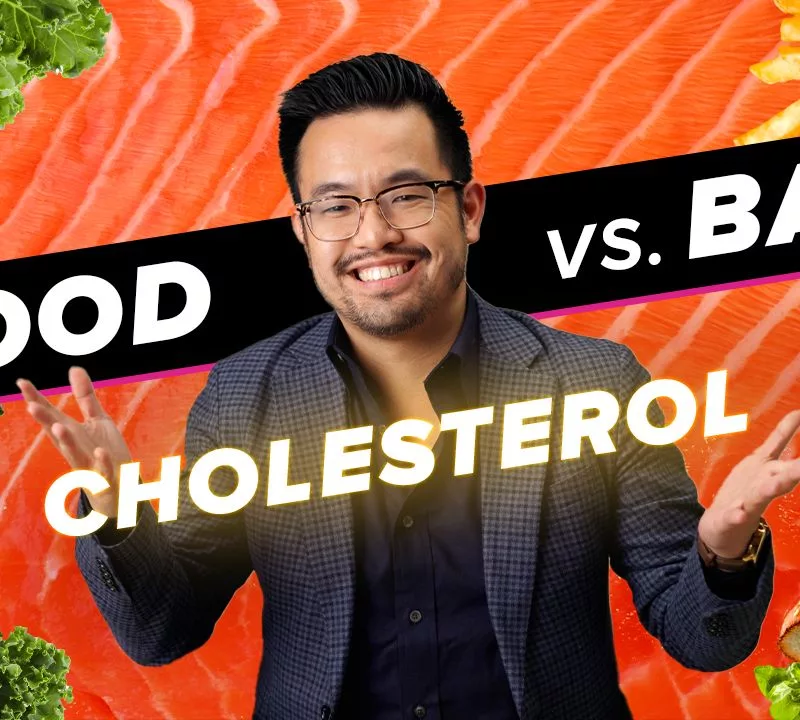
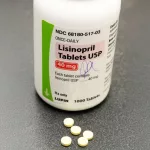
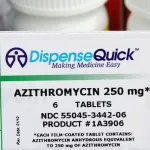




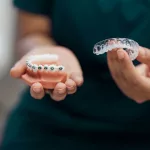



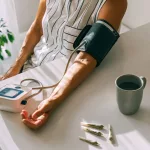
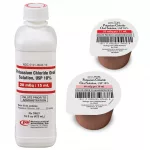
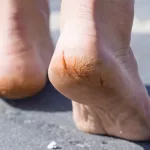
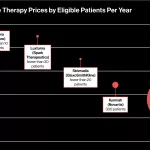

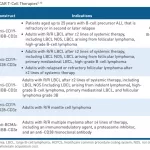
Leave a Reply
You must be logged in to post a comment.